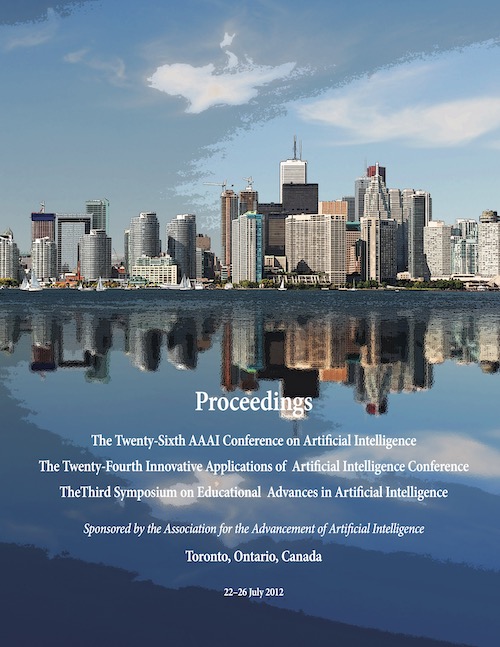eBird: A Human/Computer Learning Network for Biodiversity Conservation and Research
DOI:
https://doi.org/10.1609/aaai.v26i2.18963Abstract
In this paper we describe eBird, a citizen science project that takes advantage of human observational capacity and machine learning methods to explore the synergies between human computation and mechanical computation. We call this model a Human/Computer Learning Network, whose core is an active learning feedback loop between humans and machines that dramatically improves the quality of both, and thereby continually improves the effectiveness of the network as a whole. Human/Computer Learning Networks leverage the contributions of a broad recruitment of human observers and processes their contributed data with Artificial Intelligence algorithms leading to a computational power that far exceeds the sum of the individual parts.

